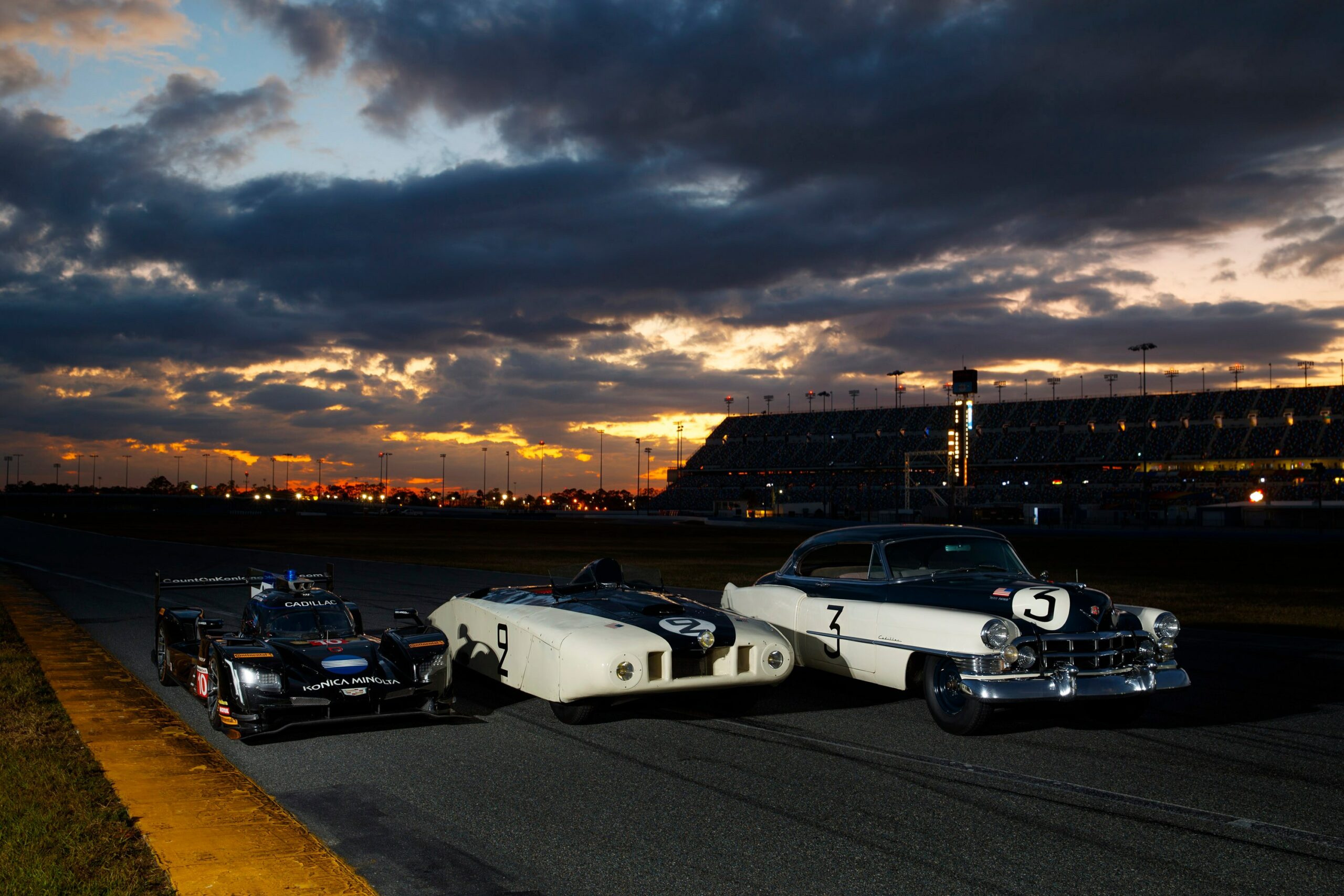Forgotten Legends
Cadillac “Le Monstre”
Photo credit: Cadillac, Peter Harholdt, Revs Institute
The French nicknamed this car “Le Monstre” and it’s hard to blame them!
The year was 1950 and the Le Mans regulations at the time allowed teams to rebody standard production cars in order to reduce weight and improve aerodynamics.
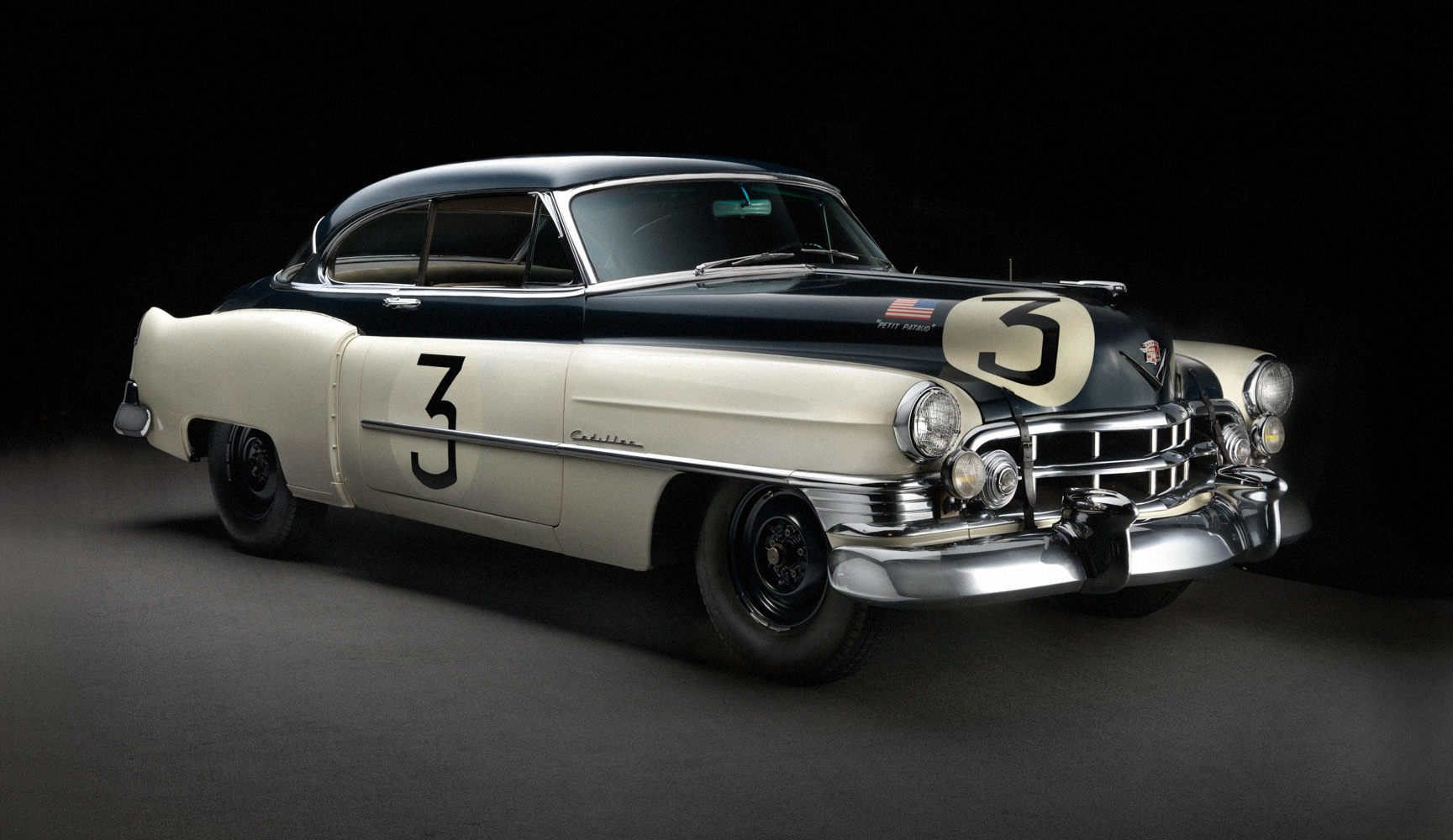
Briggs Cunningham, an American with experience as a racing car manufacturer at Frick-Tappett Motors, decided to enter two Cadillacs for the 1950 Le Mans race, “streamlining” one to make it more competitive while counting on the other in case the aerodynamic experiment failed.
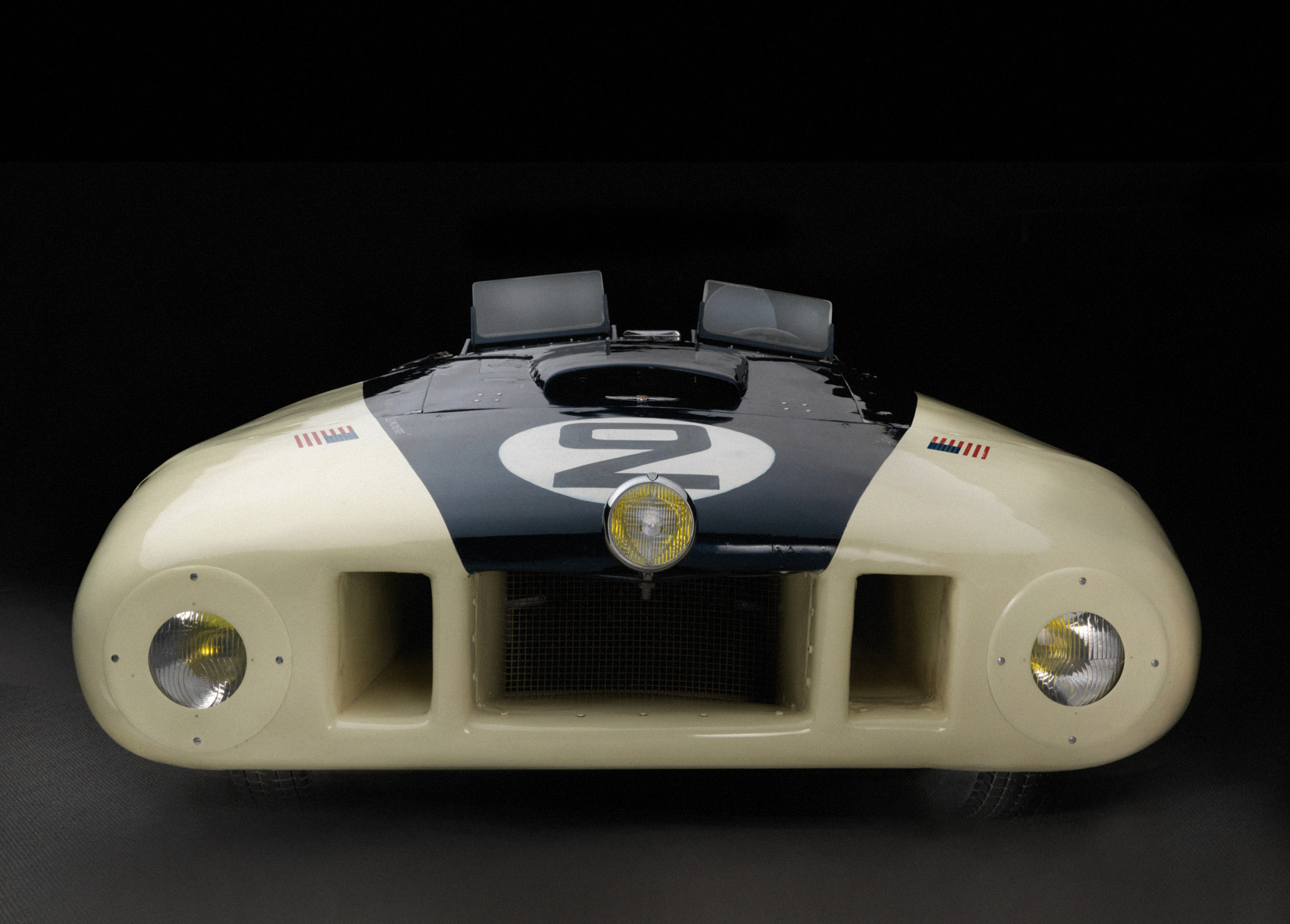
Both Cadillacs were Series 61 models powered by a 150 hp V8 engine: the “normal” car had been modified by Frank Burrell with the addition of twin carburetor manifolds. It also had air scoops for the brake drums and an extra gas tank for the trunk. Otherwise, that car was essentially showroom stock and was entrusted to the Collier brothers.
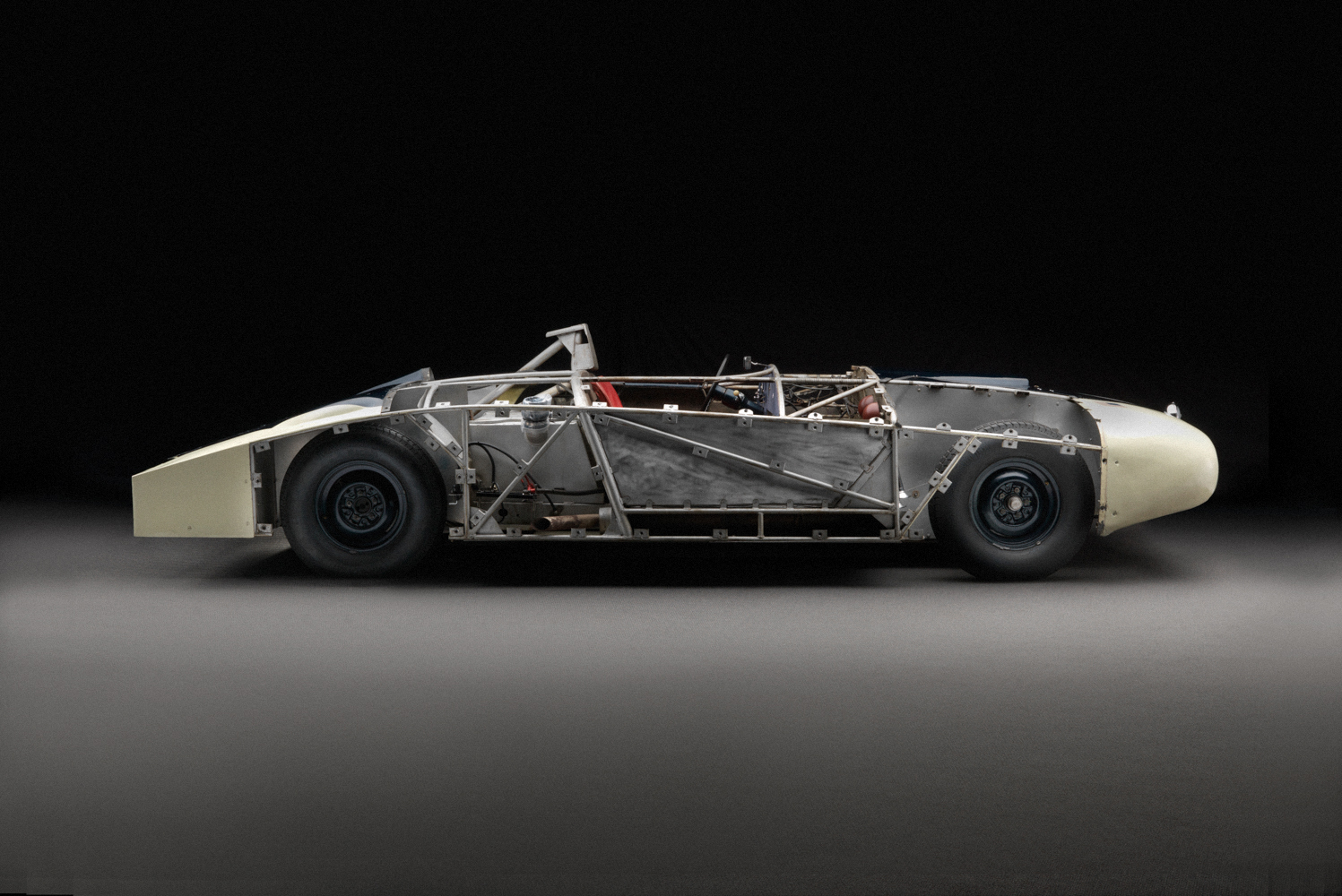
The other car, “Le Monstre”, was the exact opposite. So much so that Le Mans officials spent hours in examination to assure themselves that the chassis was standard Cadillac. Here too, the engine was standard, except for a five-carburetor induction system and some fine-tuning.
The scale model of the typical “thick-wing” shape had been tested by engineer Grunman in a wind tunnel normally used for aeronautics. Experience with aircraft had suggested adding a tubular “crash frame”.
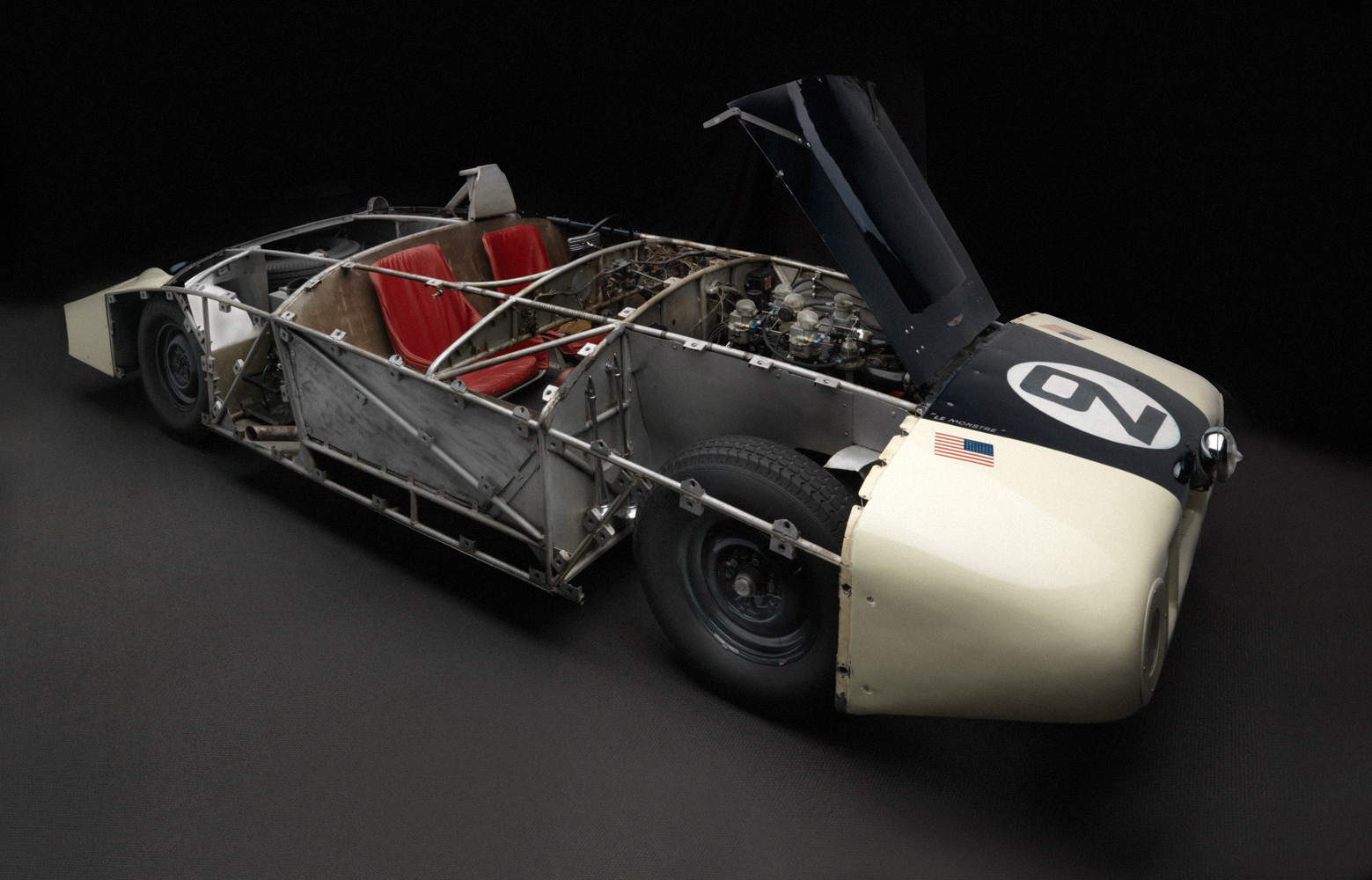
Despite its barge-like appearance, the Cadillac “Le Monstre” was about 7 centimeters narrower than the production Cadillac Series 61. With a top speed of 210 km/h (130 mph), it was about twenty kilometers per hour faster than the other model too.
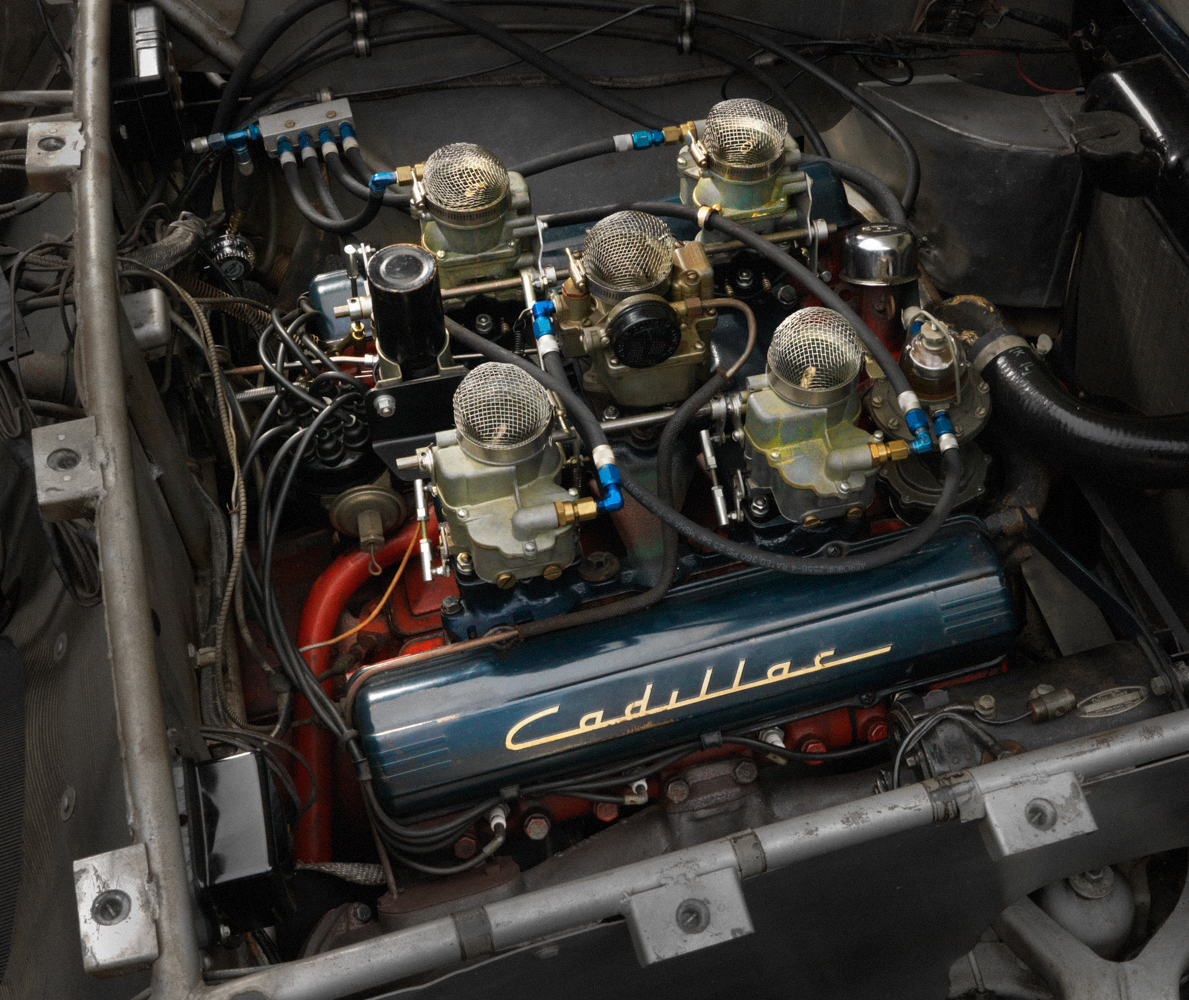
Despite its technical advantages, “Le Monstre” finished in 11th place behind its teammate, the one driven by the Collier brothers, who finished 10th overall. But it wasn’t for lack of performance. Rather for a neglected detail: in those years, Le Mans had escape routes and track borders filled with sand. Often the drivers who went off the road had to patiently dig themselves free. That’s what Briggs Cunningham was forced to do when the car slammed into a sandbank. Many wasted minutes were spent digging out the car by hand thrown to the wind. With a car that size, it wouldn’t have cost him too much to carry a pair of shovels to free himself.
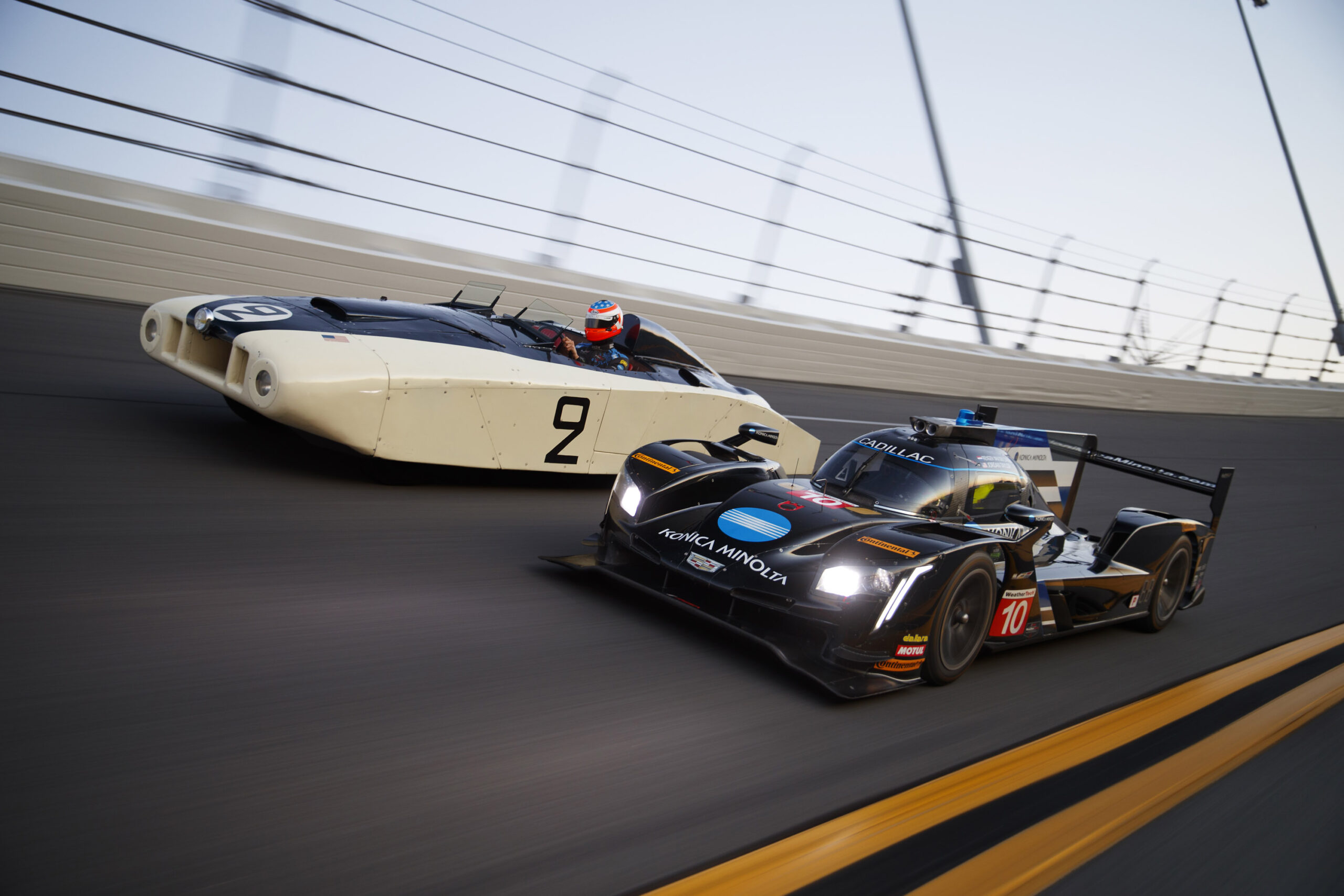
Too bad: he still managed to finish the race, and with only the use of the highest gear. But the Cadillac “Le Monstre” remains in the memory of those who were present at this courageous “Americanized” dream. And it’s now in ours too.
